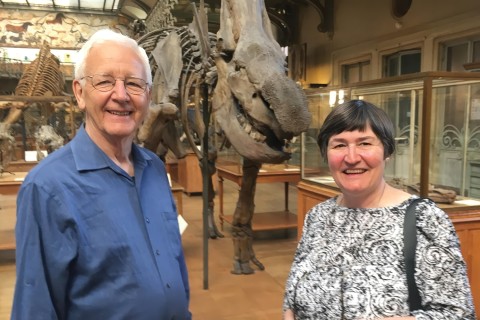How is Gary different from Flint?
This past weekend, Holy Covenant United Methodist Church—where I moonlight as a church musician—participated in a "weekend of peace" organized by the Chicago Clergy Coalition. Homicides and shootings have been on the rise in our city. Thirteen people died in homicides here the week of the Aurora massacre—one more than James Eagan Holmes killed at the movie theater. But the steady stream of violence in poor black neighborhoods never get a fraction of the media attention and public outcry that follow a tragedy like the shootings in Colorado. (Here's an interesting look at Chicago, violence and the South.)
This juxtaposition reminded me of a recent article about Gary, Indiana. If you have a bit of a musical theater background like I do, those two words immediately bring to mind an upbeat Meredith Wilson song from the 50s. "There is just one place that can light my face!" Not anymore, and Don Terry explains why. It's a story of massive factory layoffs that stripped Gary, originally a U.S. Steel company town, of its very social fabric. That's a common story for midsized Midwestern cities, but Gary's history has a racial narrative as well. Here's Terry:
Today, Gary is 85 percent black, 5 percent Latino, and 10 percent white. Much of the white population fled the city shortly after the election in 1967 of Gary’s first African American mayor, Richard Hatcher. “There were key structural changes happening in Gary at this time,” says [S. Paul] O’Hara, the historian. “People were moving out of the city. The suburbs were growing. Racial segregation was becoming more clear, particularly as capital pulled out, not just factories but banks, stores, everything.” Most of the steelworkers still employed by the plants—who make among the highest blue-collar wages in the country—have fled to the suburbs, too.
The story of Gary’s racial transformation obscured the story of its deindustrialization. “The people fleeing the city were so obsessed about race that they didn’t notice, or they didn’t care to notice, that mechanization was taking away jobs,” O’Hara says. “Within the American imagination, job loss, poverty, and crime in Youngstown and Flint is seen as tragic and unfortunate, when we so rarely apply that to Gary because we think in terms of race. There is no one talking about Gary the way Michael Moore talks about Flint.”
While Flint is also majority black, it has a much larger white population than Gary does. Whether the issue is murderous violence or economic disinvestment and decay, our culture keeps reinforcing that same old destructive idea: that some lives matter more than others.





